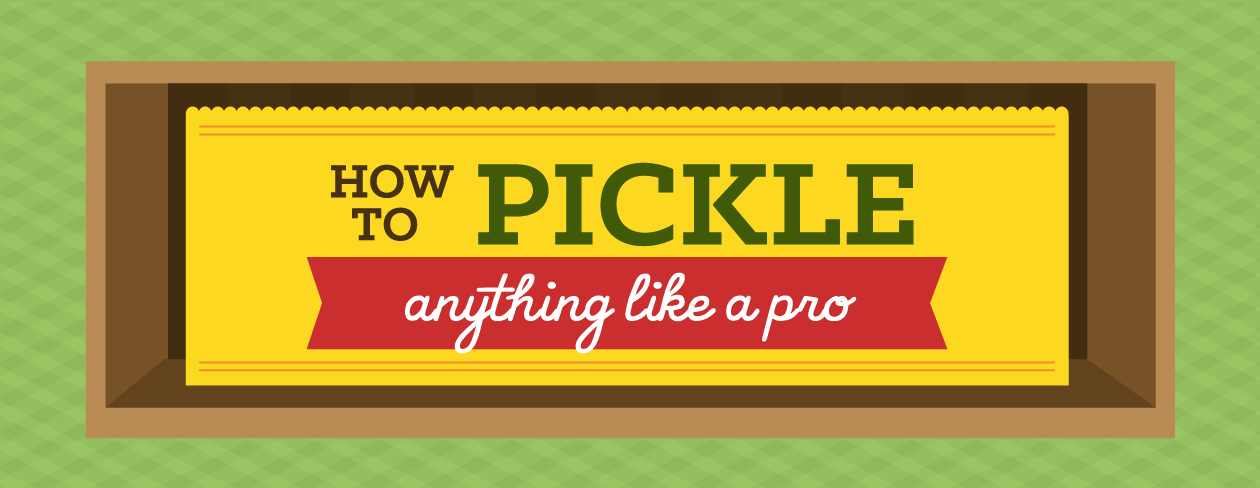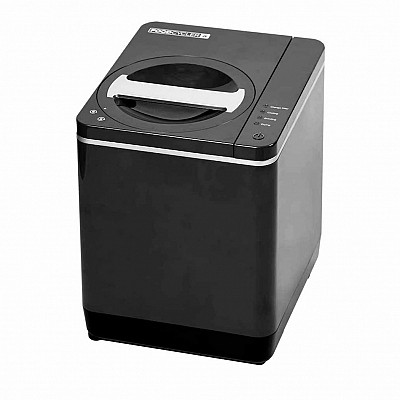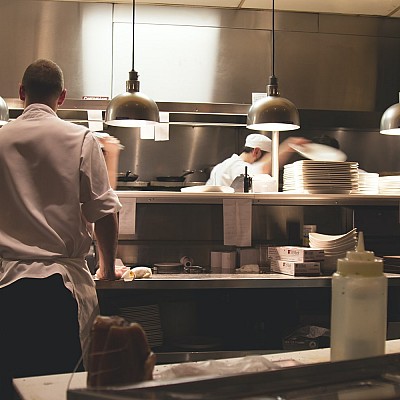Pickling vegetables is a relatively easy task, but there are a few tips and tricks you can use to ensure pickling perfection. For starters, it is very important that you follow the recipe exactly. If you alter the quantities you risk the spread of spoilage-causing bacteria. It is also important to clean all cooking utensils and jars in hot, soapy water.
There are also some ingredients that are better suited for pickling than others. If you don’t have access to garden-fresh vegetables, make sure you select produce that appears blemish-free and crisp. Keep in mind if you wish to pickle cucumbers, there are different varieties. Pass on salad cucumbers or ones that are waxed and look for pickling cucumbers.
When making pickling brine, opt for pickling salt over standard table salt. The iodine found in table salt will darken your pickles and the anticaking agents can cause your brine to appear cloudy. Using cider and malt vinegars can also darken light-colored vegetables. You can avoid this by using commercial white vinegar with less than 5% acidity. If you prefer your pickles sour, use vinegar with 7% acidity.
Once you have gathered all the necessary ingredients you can begin the pickling process. Stainless steel bowls and pots are best suited for these recipes. You want avoid containers and utensils with copper, iron, zinc, or brass because they may react with the salt and acidic vinegar.
Use our easy-to-follow guide below to ensure you don’t land yourself in a pickling pickle. Don’t forget to send a jar to Peter; he did do all the picking, after all.







































